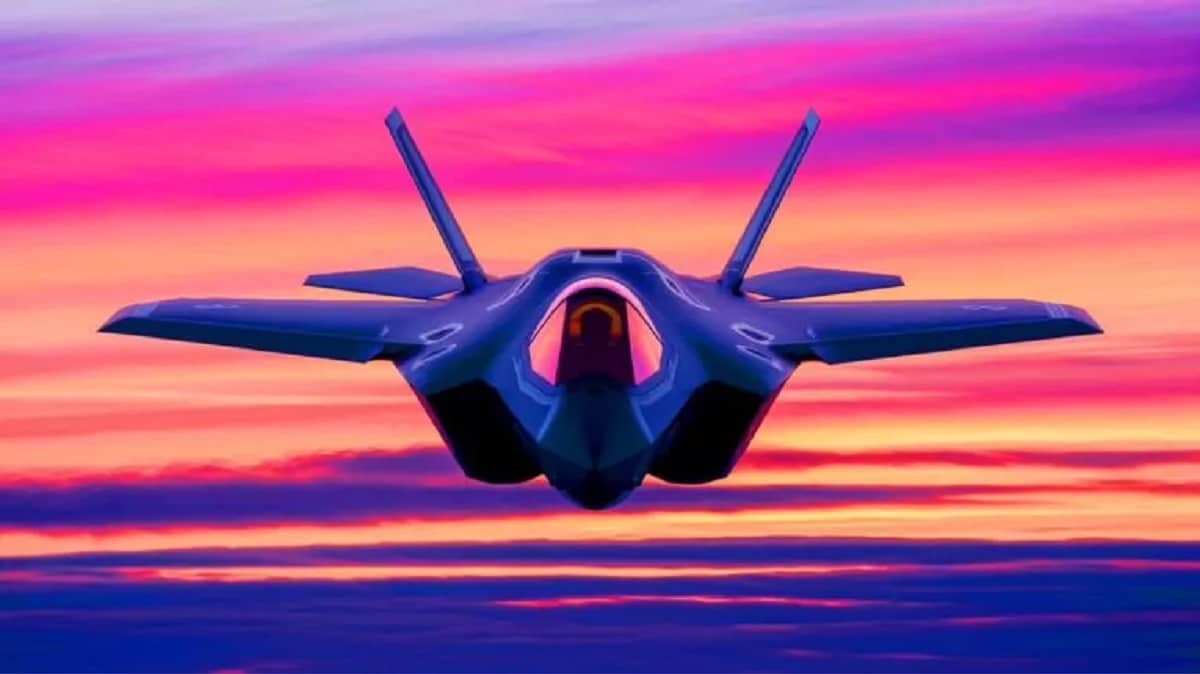Rising alarm in defense circles is being fueled by a potential shift in airpower, as a purported sixth‑generation U.S. fighter spurs an urgent review in Moscow. Russian officials are said to have launched an emergency assessment to gauge how this new aircraft could alter regional and global deterrence.
A leap beyond today’s fleet
At the heart of the debate is the F/A‑XX, a next‑generation platform designed to expand reach and survivability well beyond today’s F-35C. Early outlines point to a roughly 25% increase in operational range, pushing mission profiles beyond 1,700 miles and enabling carrier air wings to strike from far safer standoff distances.
That added reach matters for force posture, complicating adversary planning and compressing decision timelines. For a navy operating across vast oceans, extended legs translate into more options and fewer predictable patterns.
Stealth, AI, and networked warfare
The aircraft is expected to blend cutting‑edge stealth with onboard AI, shifting pilots from hands‑on micromanagement to a “man‑on‑the‑loop” command role. Real‑time machine support could fuse sensor data, prioritize threats, and recommend tactics at machine speed.
Equally pivotal is manned–unmanned teaming, with platforms like the MQ‑25 Stingray extending fuel and reach while other loyal wingmen scout, jam, or strike. This human‑machine ecosystem would aim to exploit gaps in air defenses while minimizing pilot exposure.
Reach that redraws the map
With organic tanking and smarter routing, analysts say the notional operating sphere could approach 11 million square miles—nearly the area of Africa. Such breadth expands deterrent presence and creates ambiguity about where, when, and how a strike package might appear.
That uncertainty forces adversaries to spread assets, diluting their defenses and raising the cost of miscalculation. In contested regions, survivability is as much about where you can fight as it is about how you fight.
Moscow’s rapid response
Russian defense planners, according to multiple reports, have initiated a fast‑track analysis of air‑defense vulnerabilities against a stealthy, AI‑enabled adversary. The fear is that U.S. advances in networking, sensors, and automation could outpace existing counter‑stealth and command‑and‑control doctrines.
Unconfirmed briefings suggest Moscow may accelerate next‑gen fighter efforts and invest in layered, distributed defenses to restore balance. “If the operational reach and decision speed are real, we must assume reduced warning time and tighter windows for response,” one senior analyst cautioned.
Capabilities creating the shockwave
- Extended carrier‑borne range that complicates adversary planning and defensive posture
- Enhanced low‑observable signatures to reduce detection and increase mission survivability
- Onboard AI for rapid sensor fusion, target prioritization, and tactical recommendations
- Manned–unmanned teaming with tankers and wingmen to multiply effects
- Network‑centric architecture for resilient operations in electronic‑warfare‑heavy environments
The strategic signal
Beyond hardware, the message is about tempo and decision dominance. If the F/A‑XX arrives as envisioned, it would compress engagement cycles and force rivals to modernize command networks and integrated air‑defense systems.
That modernization is costly and time‑sensitive, pushing states into difficult budgetary and doctrinal choices. AI‑assisted operations change not just what forces can do, but how fast they can adapt under pressure.
Risks, deterrence, and escalation
Supporters argue these capabilities strengthen deterrence by raising the cost of aggression and denying quick wins. Critics warn that faster, stealthier forces could incentivize “use‑it‑or‑lose‑it” postures and shorten crisis diplomacy.
The balance will hinge on doctrine, training, and transparent signaling to reduce ambiguity in tense theaters. As integration improves, the difference between decisive advantage and dangerous miscalculation may rest on how humans supervise machine‑driven recommendations.
What to watch next
Key indicators include procurement timelines, test milestones, and evidence of robust human‑machine governance. Allied interoperability will matter, especially for distributed maritime operations and shared sensor grids.
For Russia, the response will likely span radar innovation, air‑defense dispersion, and investment in its own unmanned teaming concepts. The faster the U.S. integrates AI and stealth with carrier aviation, the more urgently counterparts will try to adapt and counter.
The coming years will test whether speed, stealth, and autonomy can produce a stable deterrent or trigger a sharper arms race. What is clear already is that the next contest for air superiority is no longer hypothetical—it is accelerating into view.

